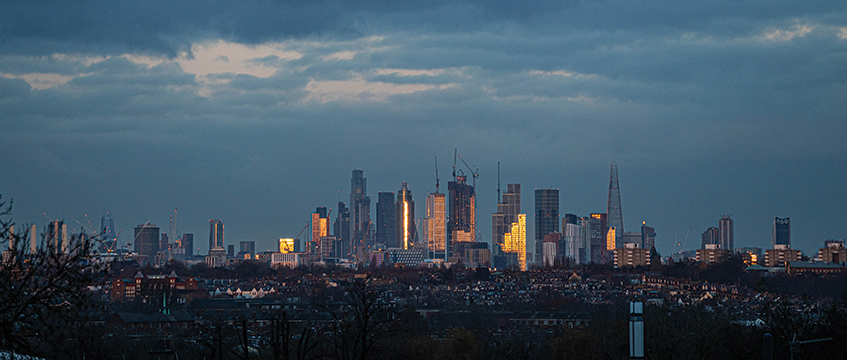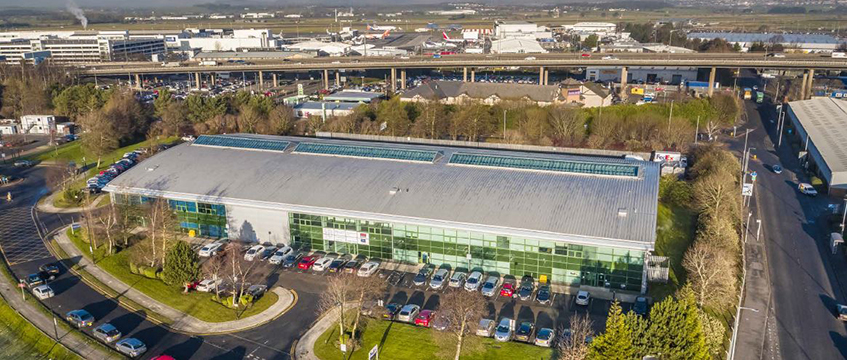New York real estate journalist Steve Cuzzo wrote recently that London is “clobbering” New York with its regeneration and infrastructure delivery, and fresh research from the London Property Alliance shows he’s not wrong.
London Property Alliance data reveals that New York is trailing behind London across various key economic indicators, including employment, commercial real estate performance and public transport usage.
Charles Begley, chief executive at London Property Alliance, said: “Our data shows that London has proved surprisingly resilient and has a real edge over New York City in transport infrastructure delivery, design and sustainability innovation.
“Sadly, the debacle over HS2 has dented our international standing and a lack of planning certainty and decision-making at national and local level risks undermining investor confidence going forward. London certainly cannot afford to be complacent, and we need political leadership to get behind the capital and help it drive national social and economic prosperity.”
Vacancy rates
Manhattan’s office vacancy rate of 22.4% has continued steadily trending upwards over the past three years, having doubled from 11% at the beginning of 2020.
In comparison, central London’s 7.5% office vacancy rate has only edged up by 1.5% in the same period, with occupiers transitioning towards better quality workspaces in prime locations. Availability is far more constrained in the West End (4.4%), pointing to the need for additional best-in-class office-led developments that attract businesses and talent.
London’s latest prime office rental growth data – 10.6% in the West End and 6.9% in the City of London – also outstrips Manhattan’s Midtown district (1.4%).
Office trends reflect a wider picture about footfall in both cities, particularly on weekdays. The latest data shows that public transport usage is 84% of pre-Covid levels on the London Underground, compared with 70% on the New York subway.
London’s unemployment level (5.1%) is also marginally ahead of New York (5.6%), as is employment rates as a percentage of pre-Covid levels, with the UK capital currently sitting at 101.7% versus the Big Apple’s 100.5%.
Longer-term outlook
The longer-term outlook, however, is more uncertain, with London Property Alliance forecasting a period of lower economic growth for London, where job vacancies are 7.5% down on pre-pandemic levels, compared with 10.3% higher in New York. The UK is also suffering from a higher level of build-cost inflation, with a CPIH rate of 6.3%, almost double that of the US (3.2%).
New York currently leads London on air travel, with passenger numbers 99% compared to 2019 levels, versus 93% in London. The most recent summer in the UK was significantly affected by the war in Ukraine, wildfires and air travel disruption. London’s recovery in air traffic has recently flatlined, as air traffic control delays caused EasyJet (among others) to cancel nearly 2,000 summer flights, mainly from London airports.
“Although London’s infrastructure, built environment and regional market position have seen it perform with greater resilience, we cannot write off New York’s ability to bounce back,” said LPA chief economic adviser Alexander Jan. “The city’s $1tn economy is approximately 40% bigger than London’s, underpinned by higher salaries and the superior size of its financial services industry. In fact, as evidenced in the current earnings season, it is growing considerably more quickly than London’s listed financial sector. “
The research was part of London Property Alliance’s Global Cities Survey, undertaken by Centre for London, which analyses the performance of London, New York, Hong Kong, Paris and Berlin across 19 economic indicators.
To send feedback, e-mail samantha.mcclary@eg.co.uk or tweet @samanthamcclary or @EGPropertyNews











